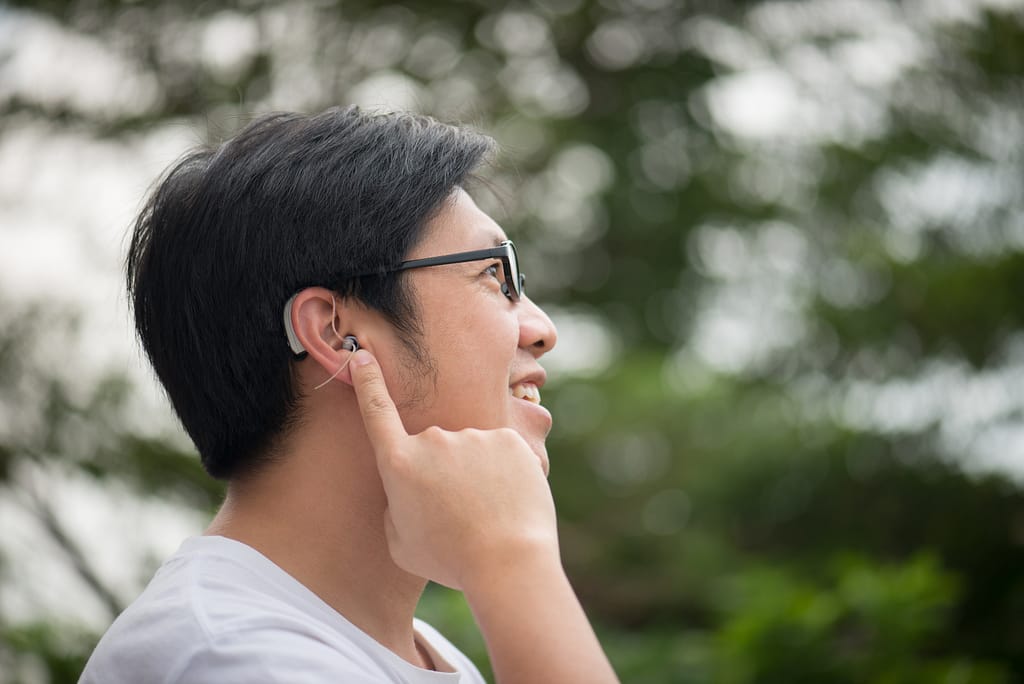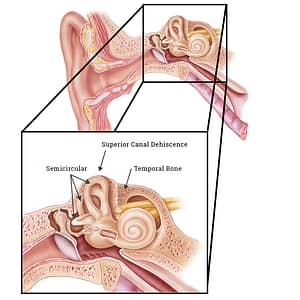Choosing your hearing aids can be a serious task. It can be an overwhelming experience if you’ve never had to choose them before, and there are a huge range of options out there.
In order to produce this guide, we consulted with our leading audiologist Tyler-Jayne Bennett to get her expert opinion:
“This manual is designed to give you the instruction – and the peace of mind that comes with it – that the National Health Service (NHS) simply doesn’t provide.
If you have a brand of hearing aid not listed here, then don’t worry: this guide will incorporate every available broader type.”

Choosing Your Hearing Aids
It’s possible that you’ve not yet chosen your hearing and are browsing this guide in order to find out what’s best for you. Perhaps you’re worried about how it will look, or whether or not it will really help your situation. It may seem very daunting at first, but don’t fear – we’re here to help. Consider the following:
- What hearing aid options are best for you
- What to look out for when buying a hearing aid
- How to get used to wearing a hearing aid
- How hearing aids work
For the latter, you can check the following blog here for a complete guide on how hearing aids work. Now let’s take a look at the others:
What Hearing Aid Options Are There?
Behind-the-Ear (BTE)
BTE Hearing aids are suitable for almost all people of all age, and every type of hearing loss.
- Receiver in the Ear (RITE)
RITE aids are a looser-fit style with a speaker built into an ear dome which is attached to the main body via a thin tube. This dome is then inserted gently into the outer ear, while the main body hooks over the top and rests snugly behind the ear.
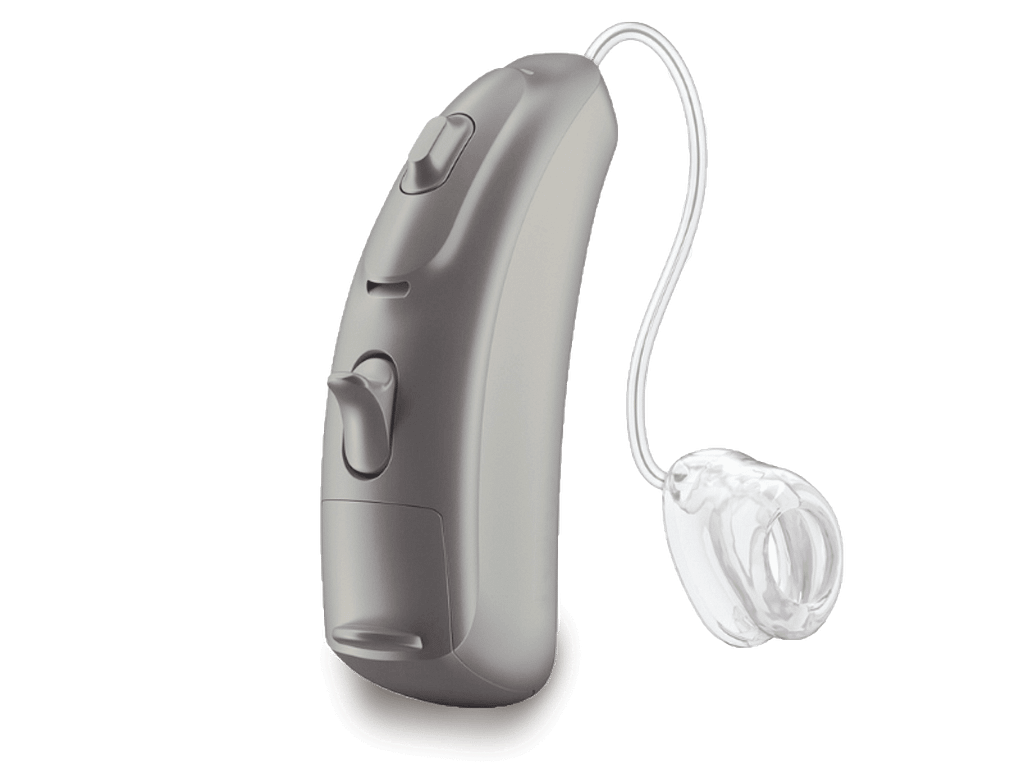
Key Features:
In years gone by, this used to be the largest type. Thankfully, nowadays they are far smaller and more subtle
Many models come equipped with directional microphones – ideal for focusing in on a particular voice or noise
Far more powerful than most other types, with exceptional amplification
Susceptible to more wind noise than other styles
Since they use a lot of power, they made need recharging/battery changes more often
- Receiver in the Canal (RIC)
Much like RITE hearing aids, the Receiver in the Canal is slightly different in that the main speaker (and ear dome) is placed inside the canal for better induction.
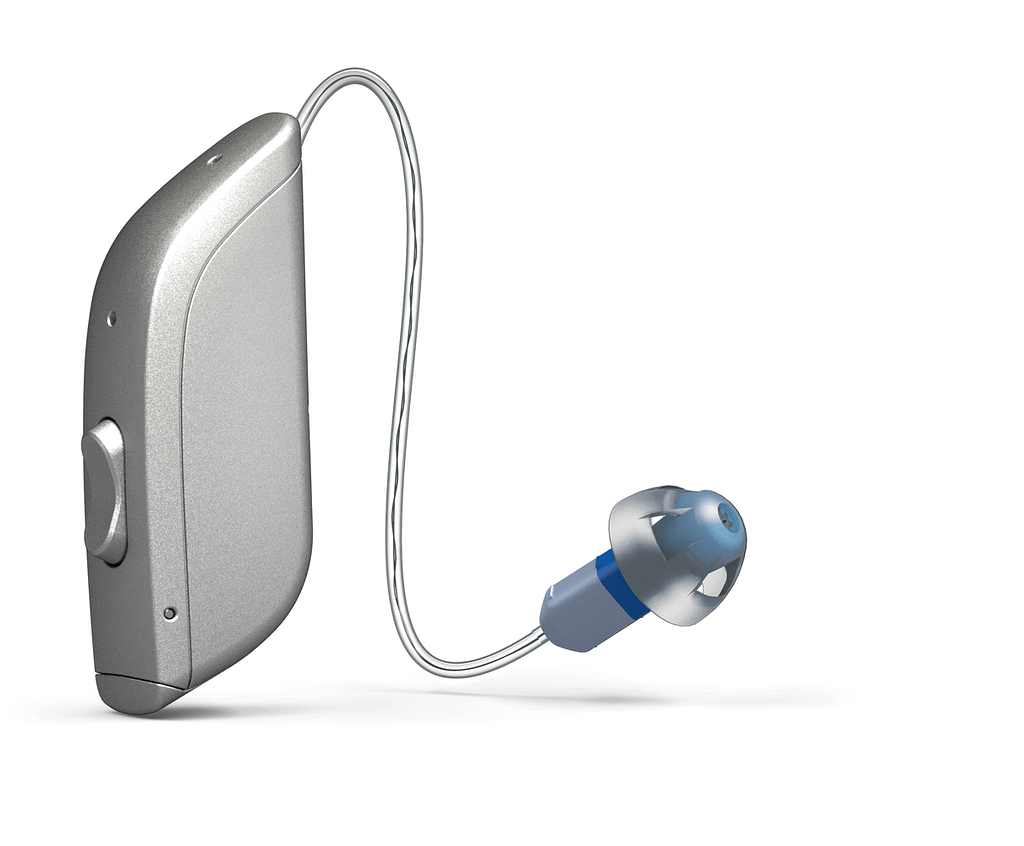
Key Features:
Generally has a smaller behind-the-ear segment than RITE
Often has directional microphones as well
Tend to come with manual controls
Also often rechargeable
Susceptible to earwax clogging the speaker
In-the-Ear (ITE)
In-the-Ear hearing aids are often more suitable for people with mild to moderate hearing loss, and are generally more used among adults than children.
- In-the-Canal (ITC)
In-the-Canal hearing aids tend to sit in the lower part of the ear and closely resemble modern wireless earbuds. They’re an inconspicuous and understated option, and are usually custom moulded for maximum comfort.
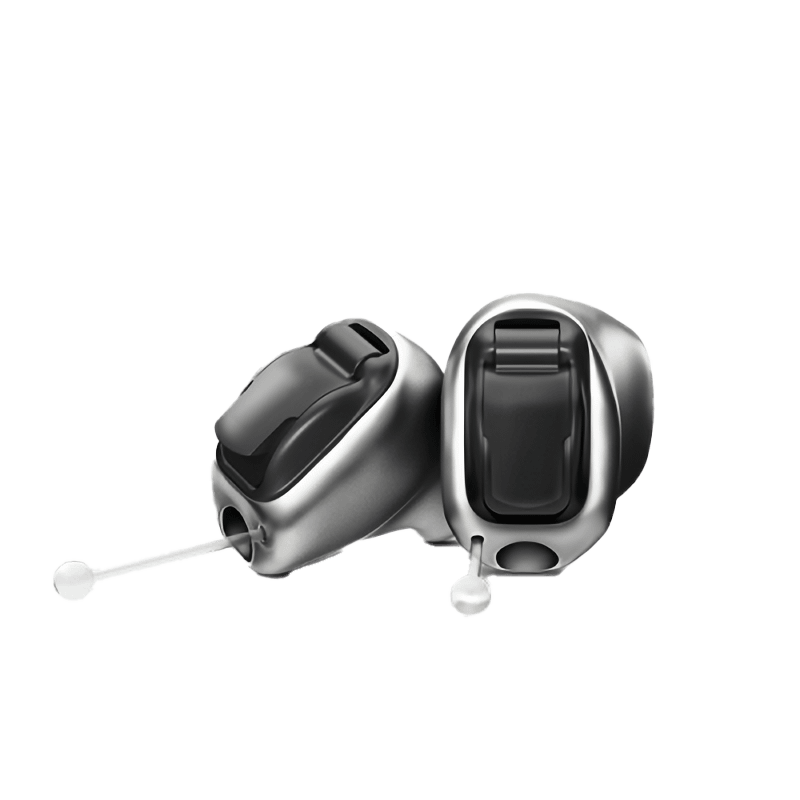
Key Features:
Less visible than most other styles
Has space for features that Completely-in-Canal and Invisible-in-Canal do not have space for
Susceptible to earwax clogging the speaker
- Invisible in the Canal (IIC) & Completely in the Canal (CIC)
Among the whole range of options, these two types are regarded as the smallest, most unnoticeable option on the market. Indeed, they’re all but invisible to the naked eye. Of the two, the latter sits further inside the ear canal, which is the only major difference. Both are suitable for mild to moderate hearing loss.
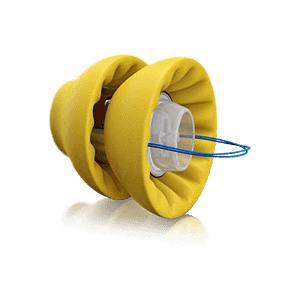
Key Features:
Less visible than every other style
Far less likely to pick up the noise of the wind
Very small batteries that are somewhat difficult to replace easily and have a shorter charge
Is also susceptible to earwax clogging the speaker
Rarely includes added features such as volume control, Bluetooth connectivity and the like
The type that fits you is largely down to personal preference and individual circumstance – for instance, if you have severe-to-profound hearing loss, then the chances are you’ll require a more powerful hearing aid. This will mean that you will most likely require a Behind-the-Ear piece, because their slightly larger frame means that they tend to boast stronger amplification potential.
Likewise, if you feel that you’d like a more discreet option, then IIC or CIC hearing aids could be a good fit for you. That said, it’s absolutely paramount that you check with your doctor, an audiologist, or Ear, Nose and Throat (ENT) specialist before any decision. Getting the right hearing aids suited to your hearing loss is the most integral part of the purchase, regardless of how they might look or what additional features they may have, the most important thing is always your hearing.
What’s best to look for when browsing hearing aids?
“Ultimately, one should always weigh price against performance. A subpar hearing aid will be nothing more than a financial burden – as well as a tremendous nuisance if it doesn’t fulfil its intended role – so it’s highly recommended that you choose one well-attuned to your needs, and take budget as a secondary concern. After all, a truly bespoke device can be a welcome companion for years and years to come. Moreover, if they enable one to truly hear again, then they’re well worth the investment.
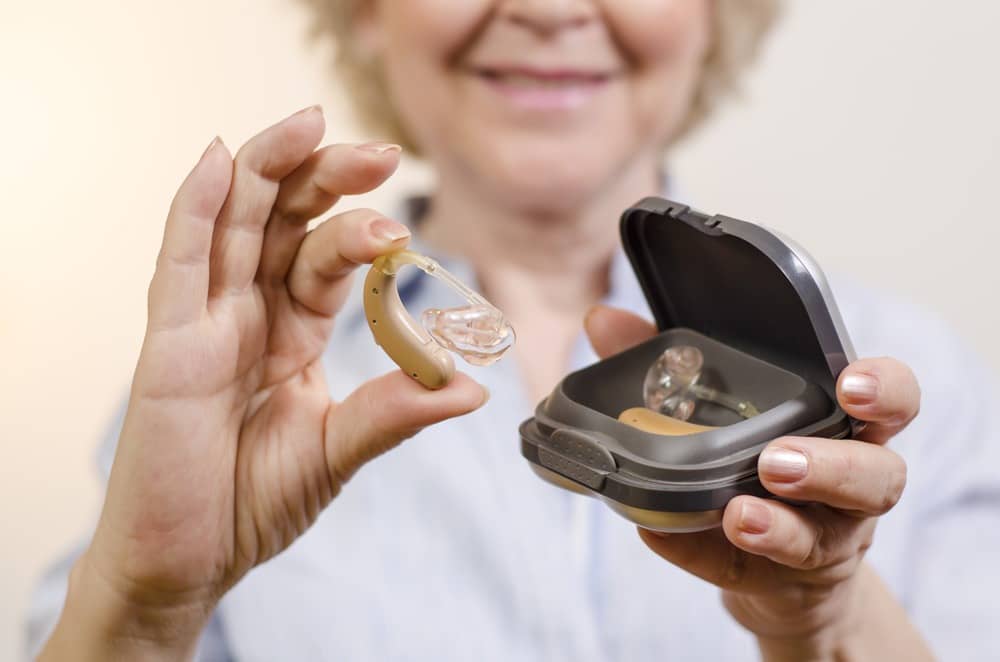

It’s also important that you decide what features you wish for your hearing aid to possess. Do you want a basic device that simply helps you hear? Or would you like a multi-functional Bluetooth device that enables you to stream directly from a TV, smartphone or wireless microphone? One must always factor in exactly how much you want to get out of your device before purchasing. Thankfully, many outlets now allow for a trial period so that you can see what works best for you before you make your final decision.”
Getting Used to Your Hearing Aids
It will take some time to get accustomed to your new hearing aids. Your listening skills will doubtlessly improve once you are used to the new amplification, but you should also see a change in the way your voice sounds to yourself as well. This can be jarring at first, but will gradually become familiar.
If you’re using a hearing aid for the first time, there are some important notes to consider:
- Hearing Aids are not a miracle cure. “It’s likely that your hearing will never be exactly as it was before your hearing loss. However, they’re still a complete game-changer when it comes to everyday life.”
- Give it time. “It may take a while for you to fully adjust. Don’t rush yourself, allow some space to become familiarised with the aids. The more often you use them, the quicker you’ll become adjusted to the amplified sounds.”
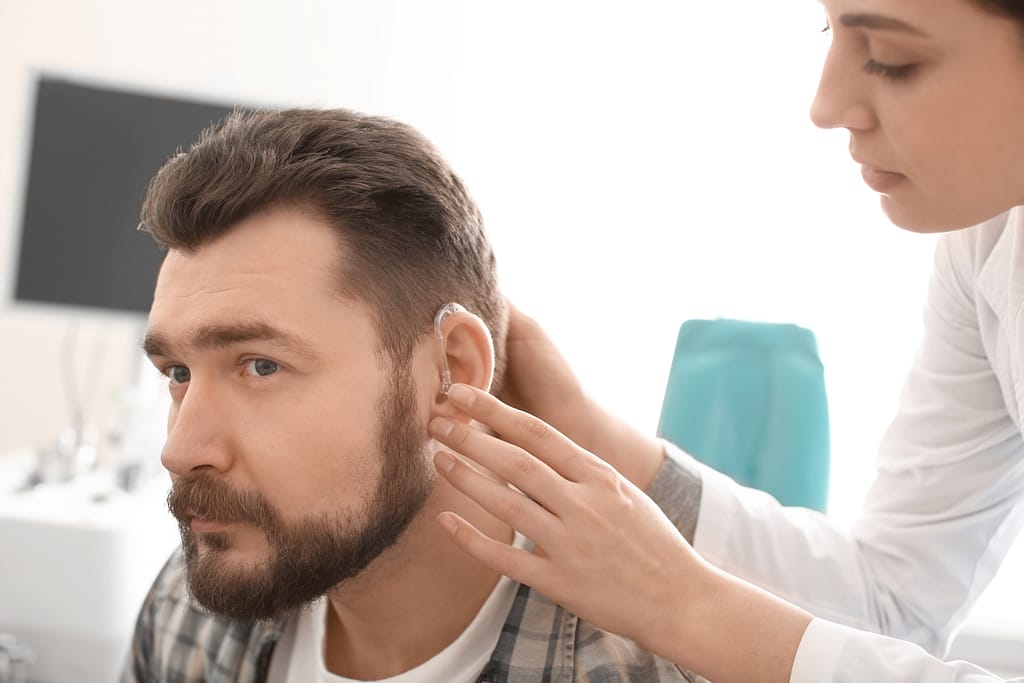

- Practice, practice, practice. “The best way to adapt yourself to the hearing aids is to try them out in new and different environments. See what it’s like at a social gathering, or on a long walk, or even simply sat at home in front of the television. Try out what works and what doesn’t.”
- Monitor your progress. “More often than not, hearing health specialists will be delighted to see you return. It’s great to see improvement, and, more importantly, it’s integral to your ongoing condition to have regular check-ups. Misdiagnosis, although rare, is always possible, so to have follow-up appointments scheduled is a great idea.”
- Be open and positive. “If you’re finding it difficult at first to get used to wearing the aids, then the support of friends and family members can be invaluable. Be honest with them, and you may be surprised at the amount of encouragement you receive as a result. Failing that, there are numerous support groups both for people who have hearing loss or are new to wearing hearing aids. The Royal National Institute for Deaf People (RNID) has an excellent directory for all different types of social help – you can find it here.”
